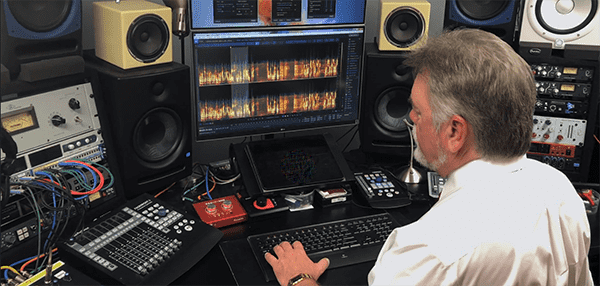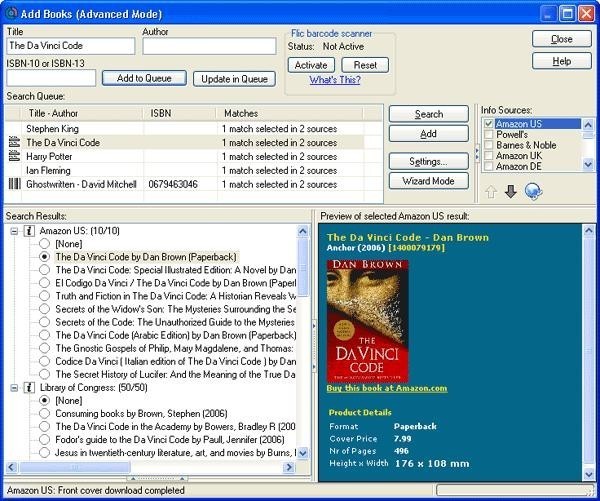



Sometimes these were issued in sets, and you may have to assemble your collection book by book. Fine editions: These are the leather-bound and illustrated books where the making of the book might take precedence over the text.Perhaps the most important question with which to begin your rare book collection is, "What should I collect?" The answer: whatever you love about rare books, including: Suddenly, the bookshelf is filling up, so planning a collection can help you in the long run. Most rare book collections begin because of serendipity: you own a book, then you come across another, related book and perhaps a friend gives you a third. Civil War Weapons: A Closer Look at History.Winchester Firearms Values of Antique Models.Don't be fooled by a seller who emphasizes that a book is a first edition "Which first edition?" is the question to ask. You will pay $38,000 for the first perhaps $500 for the latter. You can also have a first edition of the book printed with illustrations by a famous artist in 1956. "First edition" means the first time the book has appeared in print in a particular form (it also means that the print run used only one set of printing plates.) You can have a first American edition of Huckleberry Finn, which was printed for the first time in 1885. A first edition book may be rare and expensive, or as common as air. " First edition" is one of the most misunderstood phrases in book collecting.A book's rarity has nothing to do with its age: there are books from the 17th century that cost much less than a book published in 1920. A rare book is one that is found infrequently and is in demand."Antiquarian" doesn't always mean "expensive" - there are many books from the 18th century that are relatively inexpensive, given their age. Generally, antiquarian books are those published in the 19th century and earlier.Knowing the difference can help you expand your collecting world.

Many terms pertaining to rare books are used interchangeably, or mean something different from what we think they do.


 0 kommentar(er)
0 kommentar(er)
